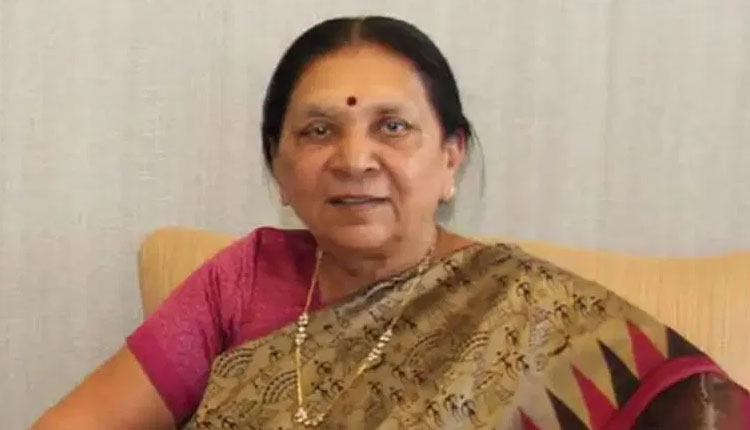Lucknow: As the term of incumbent Uttar Pradesh Governor Anandiben Patel comes to an end on July 29, all eyes are on Raj Bhavan to see whether she will receive an extension or be succeeded by a new appointee. Anandiben Patel, who was appointed as Governor of Uttar Pradesh on July 29, 2019, by the Modi government, could potentially become the first governor in the state’s history to receive a second consecutive term.
Patel’s political journey has been notable. She succeeded Narendra Modi as the Chief Minister of Gujarat in 2014 when Modi became the Prime Minister of India. In January 2018, she was appointed as the Governor of Madhya Pradesh, during which time she also held additional charge of Chhattisgarh. Following the Modi government’s re-election in 2019, Patel was transferred to Uttar Pradesh, succeeding Lalji Tandon as the state’s Governor.
As her term approaches its end, speculation is rife about whether she will continue in the role. Historically, no governor in Uttar Pradesh has served a second term, with the state having seen 25 governors so far. The longest-serving among them, BL Joshi, completed nearly five years but fell short by just one month.
Anandiben Patel’s continuation would indeed mark a historic moment, breaking the longstanding tradition of single-term governorship in the state. Alternatively, if the central government decides not to reappoint her, the tradition will remain unbroken.
Adding to the intrigue is the timing, as the monsoon session of the Uttar Pradesh Legislative Assembly is set to commence on July 29, the same day Patel’s term expires. In similar circumstances, her predecessor Ram Naik received a five-day extension, suggesting that Patel might also receive a temporary extension until a new governor is appointed.
The decision on Anandiben Patel’s future as Governor of Uttar Pradesh is eagerly awaited, with political observers keenly watching the developments. The outcome will either set a new precedent or reinforce the existing tradition of the state.



Comments are closed.